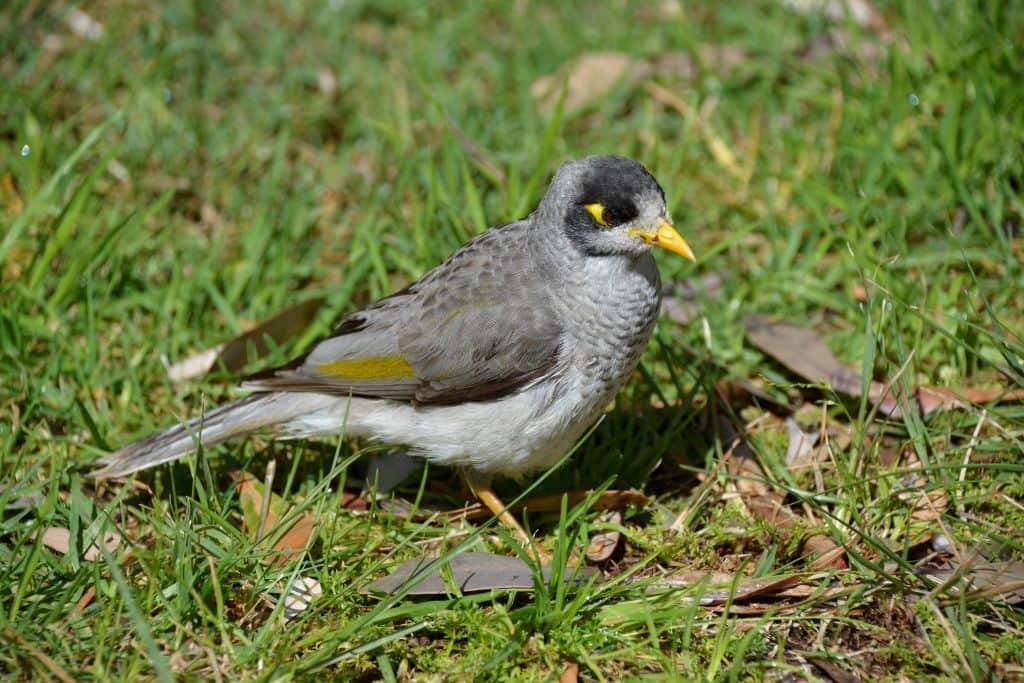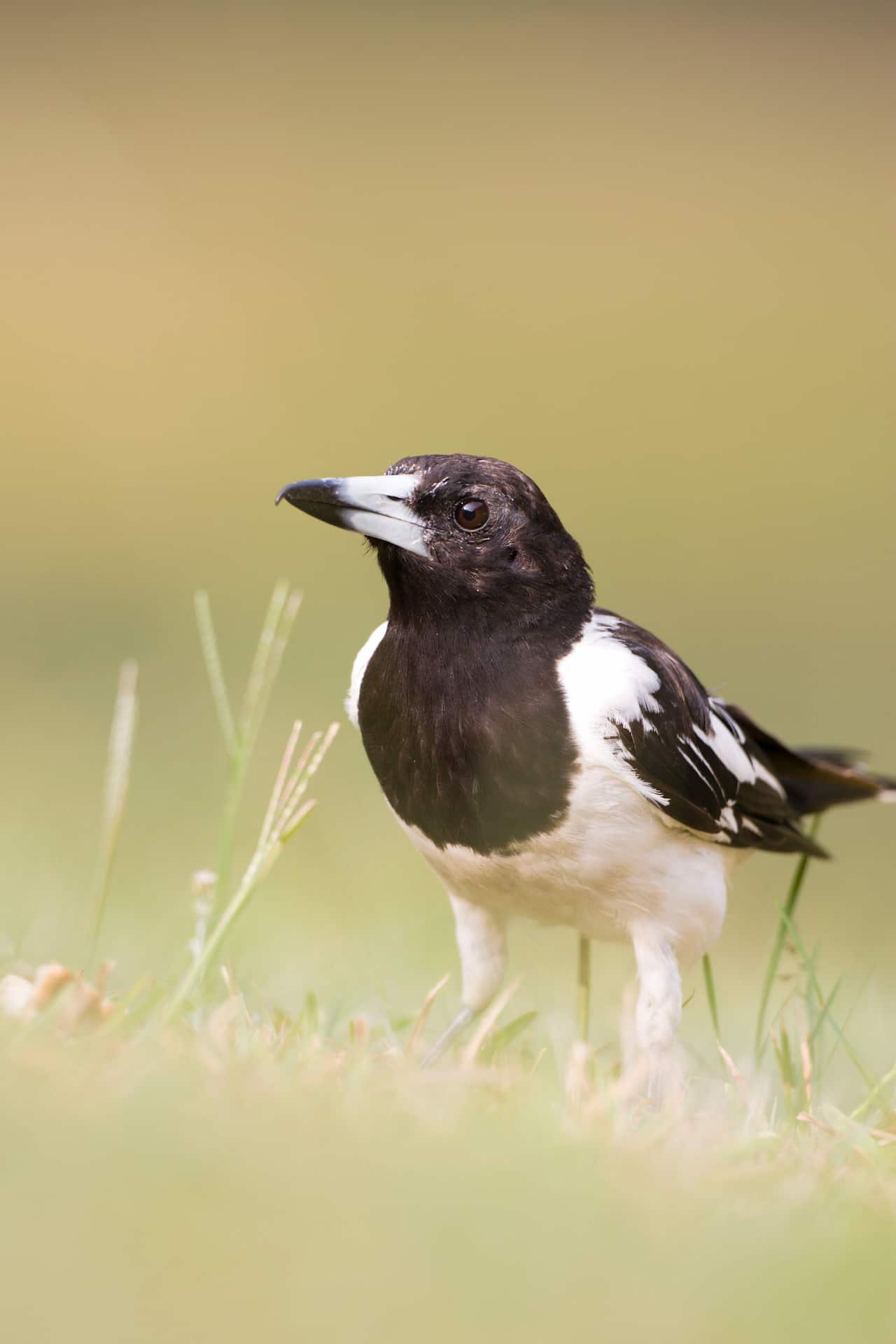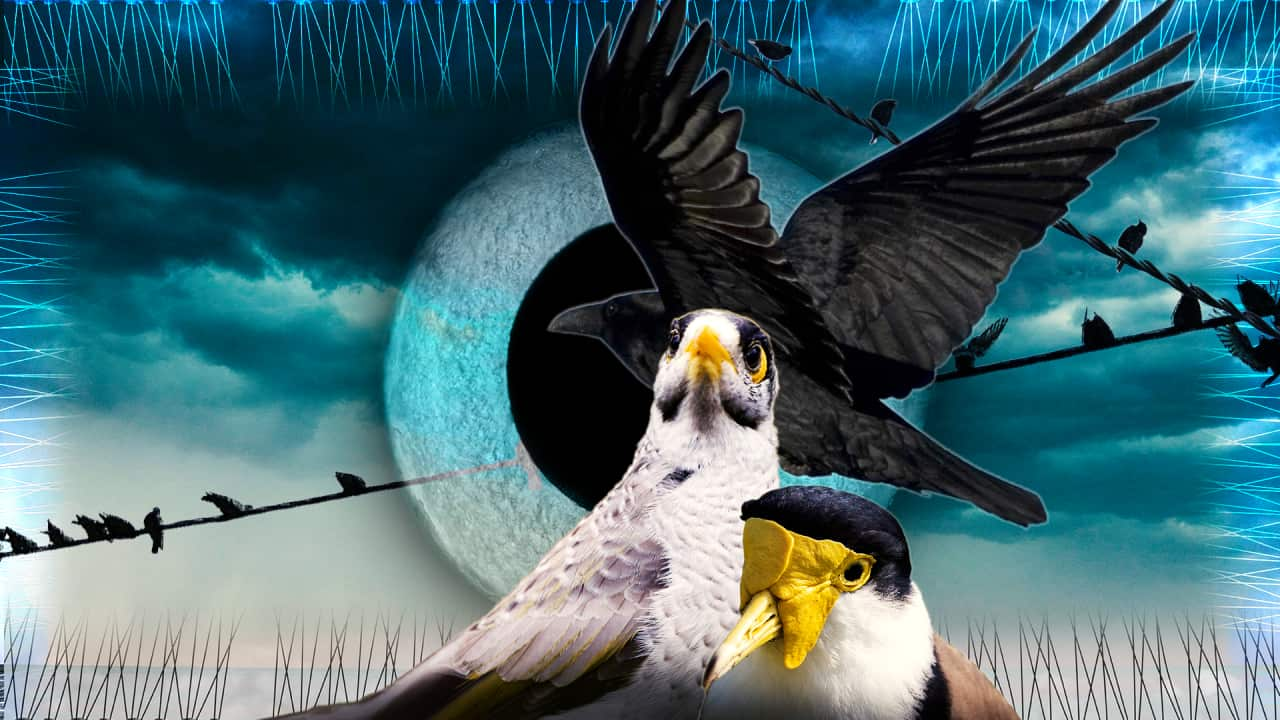You're walking the dog, or out for a cycle, when you feel the rush of feathers flying past your head. You've just been swooped — but not by a magpie. So what is it?
The distinctive black and white-feathered magpie is Australia's most notorious swooper, but they're not the only Australian birds diving from above.
Darryl Jones, urban ecologist and retired research professor at Griffith University, says that all birds who swoop are doing it for one reason: to protect their nest from threats.
"All these birds are doing the same thing, pretty much. They're trying to keep what they regard as a threat away from their chicks in the nest. That's what the magpies are doing, they're just doing it in a particularly spectacular way."

Urban ecologist Darryl Jones stresses that it's important not to antagonise swooping birds that are only defending their nest. Source: Supplied / Darryl Jones
Miners v mynas
It's easy to confuse these two birds, which both travel in aggressive packs along the east coast of Australia. But only one species has a habit of swooping people.
"The one we're talking about is the noisy miner," Jones said.
Noisy miners are grey in colour, with black cheeks and a yellow bill. Fittingly for their name, they make a lot of noise.
"They're continuously hassling everything; it must drive the other birds mad. Have you ever seen a kookaburra sitting there and these things buzzing around them like mosquitoes?"

The noisy miners travel in packs and breed in colonies, meaning there's plenty of miners prepared to defend their nests. Source: Getty / Universal Image Group
However, injuries from swooping miners are not common.
Often confused with the noisy miner is the common myna, or Indian myna. These are "brown stocky-looking things that walk on the ground most of the time".
Jones said that while Indian mynas are as "stroppy" as their grey counterparts, their preference for the ground means they don't swoop.
The shrieking plover
Another swooping bird is the plover, or masked lapwing.
Common right across the country, the masked lapwing has a white belly, brown wings, and a black crown. Their beaks are yellow, and they have small thorns sticking out of their wings.
"They have the habit of putting their eggs in the most ridiculous places, like in the middle of car parks and schoolyards and cricket grounds, where it's just inevitable that people will be walking past," Jones said.
Placing their nests on the ground means that masked lapwings are always alert to threats because the nests are "very vulnerable".
Jones said lapwings rarely make contact when they swoop, but the shrieking noise they make on their approach is likely to frighten you.
"They never hit, they just do it to scare you."
Swooping with intent
Some birds do aim to hit. Jones singled out another common Australian species: butcherbirds.
"They are nasty, because they can take a little piece of flesh out of you when they nip you as they go past. That's happened plenty of times."
Butcherbirds are similar in appearance to magpies, with black hoods and a white collar.

The butcherbird is an aggressive swooper that can cause injuries, but the incidence of swooping is much rarer than magpies. Source: AAP / Mary Evans
Thankfully, Jones said, instances of butcherbirds swooping are rare.
Even rarer is a swoop from a crow. But in crowded cities with many threats, Jones said it is possible to be swooped by either an Australian raven, for the Sydneysiders, or a Torresian raven, if you're in Brisbane.
"They're the abundant birds that have lost their fear of us."
Are you being personally attacked by birds?
Some people who are repeatedly swooped in the same spot may wonder if a bird has it in for them. Jones said their instincts are correct.
Jones said that, like magpies, crows and butcherbirds can recognise people. This means if a bird has identified you as a threat, they will remember that.
Jones recounted running an experiment where his students walked around a tree where a magpie was nesting. They were instructed to look up at the nest, which is "something a predator would do".
"This person did that five times, and after that, the bird started attacking him. Only him. It remembered him," Jones said.
"Not only that, he was the only person who got attacked. And years later, when he went back to the same site, he got attacked again."
As for how to avoid them, Jones said it's important not to antagonise the bird, and he recommends wearing head protection like hats or helmets.
"If you are getting swooped, you are getting very close to a nest full of precious nestlings, so get the heck out of there!"
Share


